Grains of sand

On the night of September 9, at 2:05 Moscow time, the OSIRIS-REx spacecraft launched to the asteroid (101955) Bennu. It is waiting for a long road - arrival at the asteroid is expected in 2018, and return of samples to Earth - in 2023. Missions with the return of samples are not very often, it's time to remember which vehicles brought us grains of other worlds.
Paradox freebie
It's funny, but to get a piece of the Moon, Mars or an asteroid, it is not necessary to go into space. In the solar system, there were quite serious collisions so that a piece, for example, of Mars, would be thrown into space. Some such pieces were lucky (or not), and after a long flight they fell to Earth, becoming meteorites. If such a meteorite is particularly lucky, then it fell in an area where you can safely lie for thousands of years - to Antarctica, North Africa or other deserts. Then, according to the characteristics of the composition, the found meteorites can already be attributed to one or another celestial body. But there is a paradox here - in order to confidently say that the meteorite came to us from Mars, you need to know the composition of Mars itself. Therefore, some irony is that the confident attribution of meteorites from the Moon became possible only after the Apollo missions, which brought regolith for comparison. To date, more than a hundred lunar meteorites are known, for thirty Martian and a whole group of HED meteorites, which are referred to as asteroid Vesta.
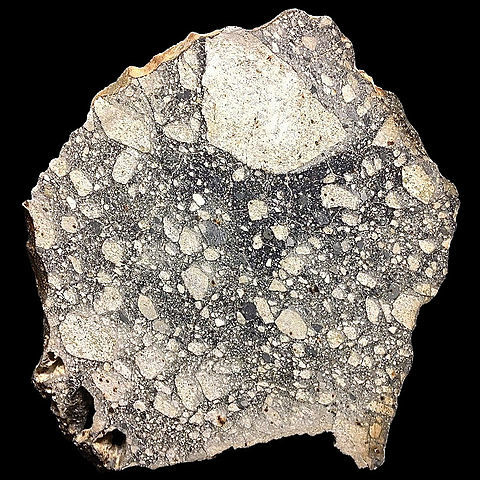
The largest lunar meteorite NWA-5000
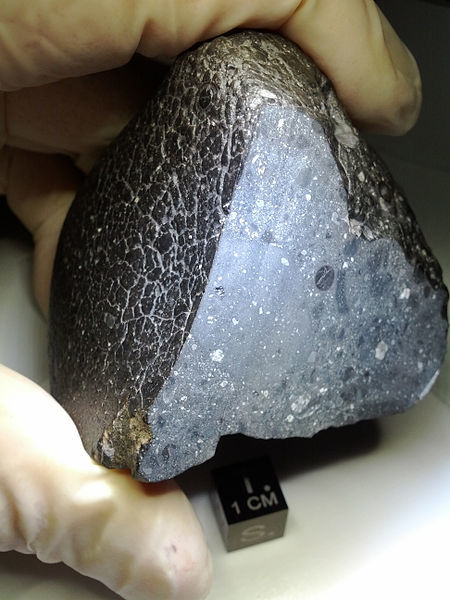
Martian meteorite NWA-7034 "Black Beauty"
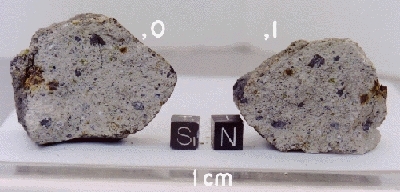
Howardit QUE94200 from Vesta
Don't you don't trust me
Speaking about the return of samples from other celestial bodies, it is impossible not to mention the efforts of American astronauts, who for six missions brought almost four quintals of lunar soil. And in the best traditions of the competition, each subsequent Apollo brought more soil - if Apollo 11 brought 22 kg, then Apollo 17 brought 111 kg already. The lunar soil was literally removed from the descent module by drawers.
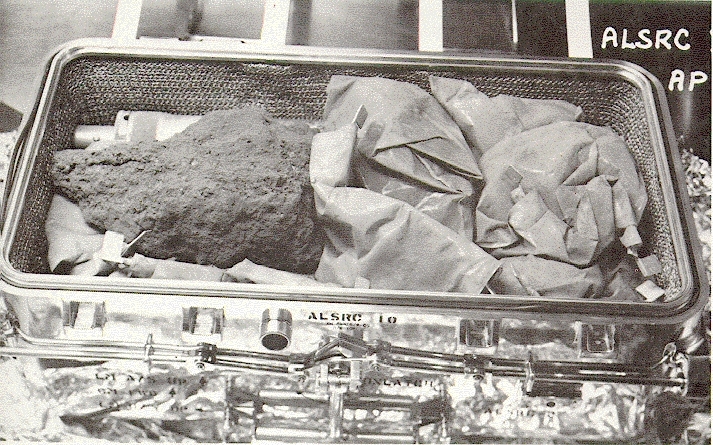
And once the astronauts and scientists were almost lucky - a piece of anorthosite found, if it were part of the lunar crust, could shed light on the origin of the moon. But, alas, the Stone of Being turned out to be much younger than necessary.

Experiments on the exposure of materials in space are regularly conducted at orbital stations. But besides studying how earth materials behave in space, one can still catch particles of what flies in this space. In 1996-1997, a MEEP experiment was exhibited at the Mir station, in which microparticles were caught in order to establish their origin.
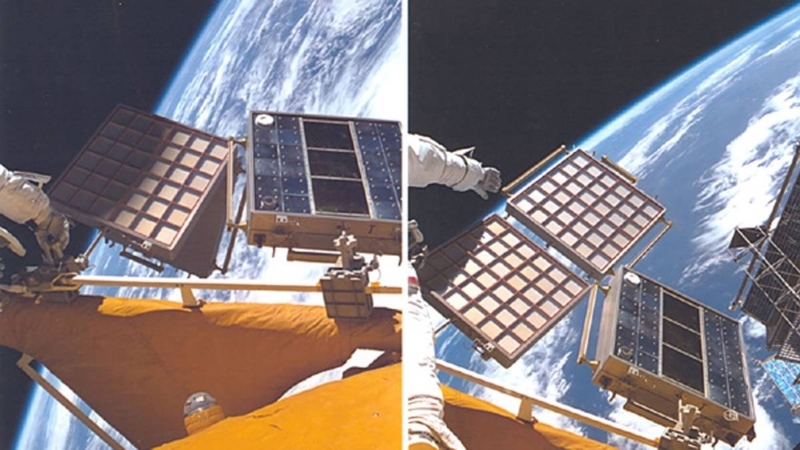
Will and mind

The loss of the USSR in the manned lunar race did not prevent the asymmetric response from being made by automatic E-8 series vehicles, which brought less soil but did not risk people’s lives. In this case, the devices implemented very beautiful technical solutions. First of all, the whole series of E-8, which included orbiters ("Luna-19" and "Luna-22"), transporters "Lunokhod" ("Luna-17" and "Luna-21") and "lunocarpalki" ( "Moon" -15,16,18,20,23,24) were based on one flight and landing stage. Here it is in the garbage collection:
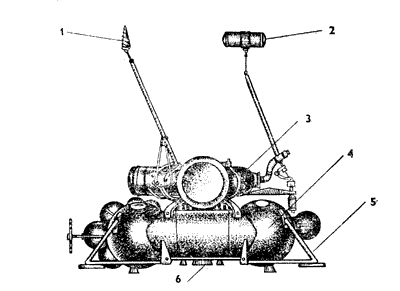
Station completely:

Orbiters also used the Lunokhod's hull as a container of scientific equipment. But the most difficult and interesting was the option of delivering soil to Earth. The fact is that the mass of the longest apparatus could not exceed 520 kg due to limitations in the payload of the Proton launch vehicle. And it was impossible to squeeze a complicated return stage into this mass with the control system and fuel supply during the Earth-Moon course correction. But sly ballistics found a solution. If the landing was made in the eastern part of the equatorial region of the moon, then the rocket launched vertically hit the Earth without correction. As a result, the mission consisted of the following stages.
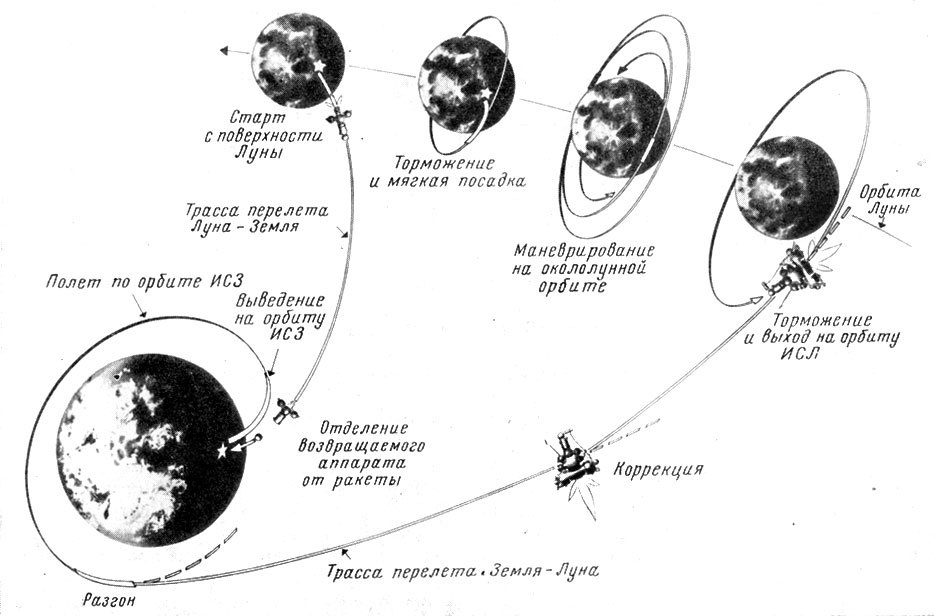
The spacecraft went into orbit around the earth and accelerated to the moon. During the flight, the correction of the trajectory was performed. Then the station went into circumlunar orbit and for some time was on it. Braking from an orbital speed and an altitude of 13 km, the probe went into the landing area at an altitude of 2 km.
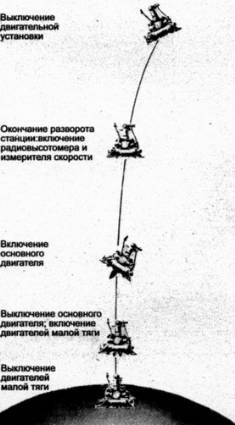
Then the main engine was turned off, and for 43 seconds the station was in free fall. Decreasing to 600 meters, the device turned on the main engine again and quenched the lateral and vertical speeds according to the Doppler velocity meter and altimeter. At an altitude of 20 meters, the vertical speed should not exceed 2 m / s, and the horizontal should be completely extinguished. The main engine was turned off, and the probe was lowered on thruster. At a height of 2 meters they were turned off, and the station gently fell on the moon.
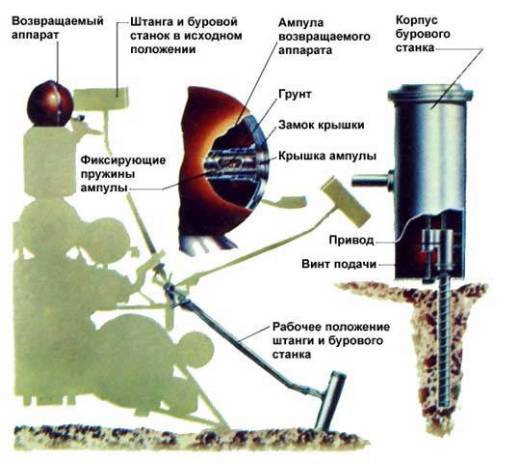
Then the probe released a special manipulator, took a sample of the soil, loaded it into the descent vehicle, which, at a fixed point, started at the take-off stage.
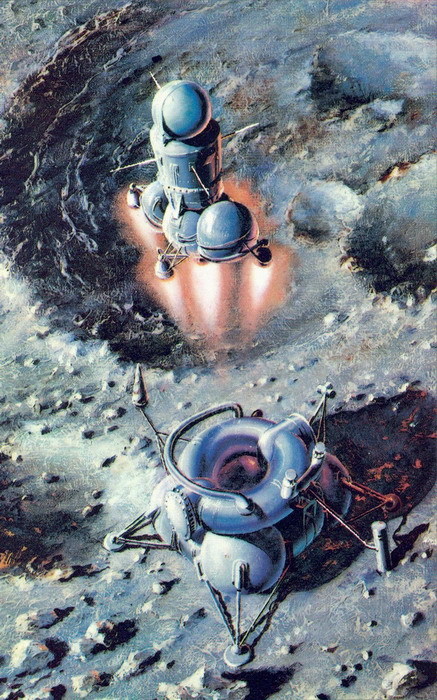
The descent vehicle braked in the atmosphere and parachuted in Kazakhstan.
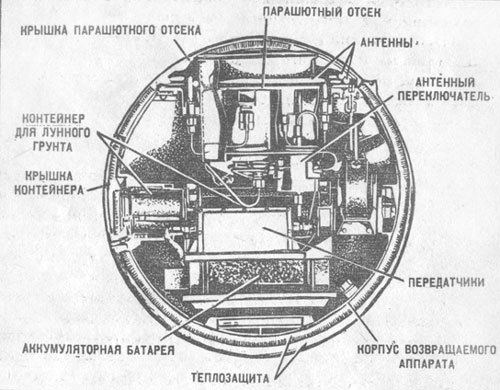
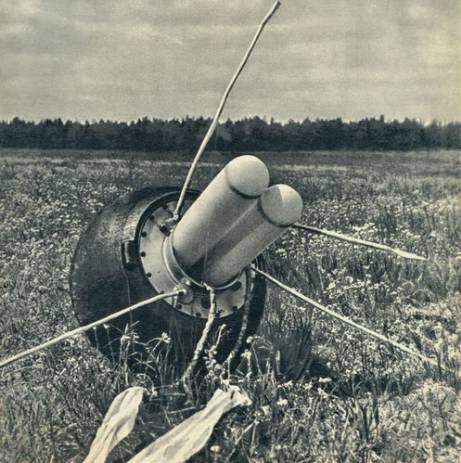
"Luna-15" . It started on July 13, 1969 and could overtake the Apollo-11 in soil delivery, but the connection was lost during landing. Most likely, the station crashed on the moon mountain.
"Luna-16" . It started on September 12, 1970 and, for the first time for unmanned vehicles, brought 101 grams of lunar soil to Earth on September 24.
"Luna-18" . Launched on September 2, 1971, crashed while landing in difficult mountainous terrain.
"Luna-20" . It was launched on February 14, 1972, successfully delivered 55 grams of soil to Earth on February 25.
"Luna 23" . Overturned when landing on November 6, 1974.
"Luna 24" . In 1976, she managed to finish what Luna-23 failed. Produced deep drilling, returned to the ground 170 grams of soil in the form of a column with a height of 160 cm. Water was first found in the soil column, only 0.1%. The presence of water on the moon was later confirmed by research from orbit.
The result was an interesting from a geological point of view a series of samples:
- Sea of Plenty ("Luna-16").
- its ancient continental framing ("Luna-20").
- geological section of the Sea of Crises ("Luna-24").
The fact that the stations were unmanned allowed to send them to complex mountain areas and risk them more than is acceptable for manned vehicles.
Angel dust

February 7, 1999 to the comet 81P / Wild went NASA probe Stardust. On January 2, 2004, the device was in the target area, moving at a speed of 6.1 km / s relative to the comet. It was originally planned to move closer to a distance of 150 km, but for security reasons, the distance was increased to 237 km. Stardust took a few photos of the comet:
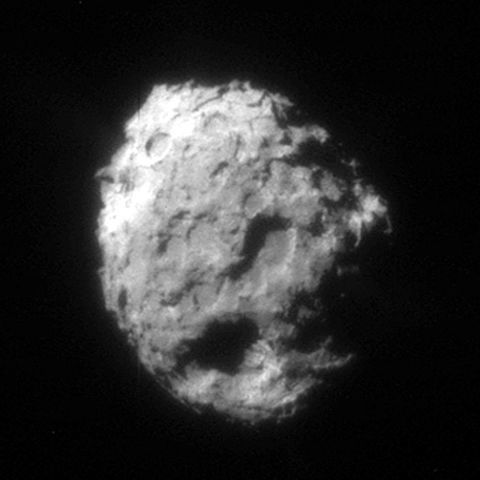
And he unfolded the target from the airgel bars. Airgel is a material with very low density, chemically inert and with low thermal conductivity, therefore it is well suited to “catch” small particles moving at high speed.
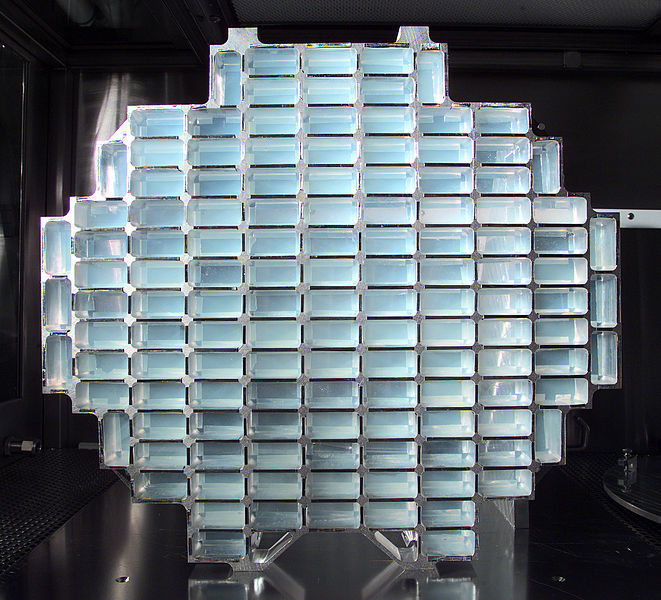
On January 15, 2006, the descent vehicle with a target separated from the probe and entered the Earth’s atmosphere at a record speed of 12.9 km / s. The maximum overload was 34 g, but the capsule successfully landed in Nevada.
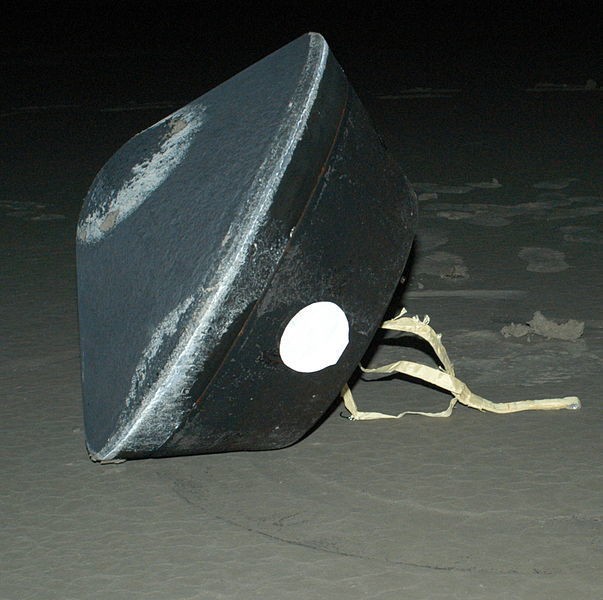
The container with particles of the cometary coma was opened in a clean room. About a million microscopic impacts were detected, and volunteers in the distributed Stardust @ Home project were used to analyze the data.
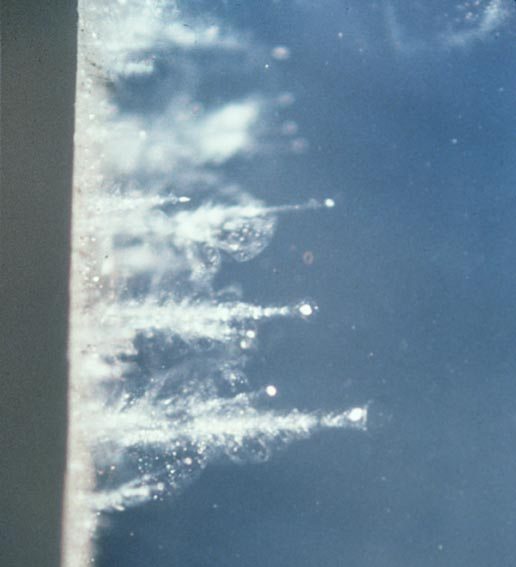
In 2011, scientists at the University of Arizona discovered iron and copper sulfide among the particles caught. This means that liquid water was present on the 81P / Wild comet, which contradicts the well-established notion that comets never heat up to the melting point of the ice core.
The sky itself will find you
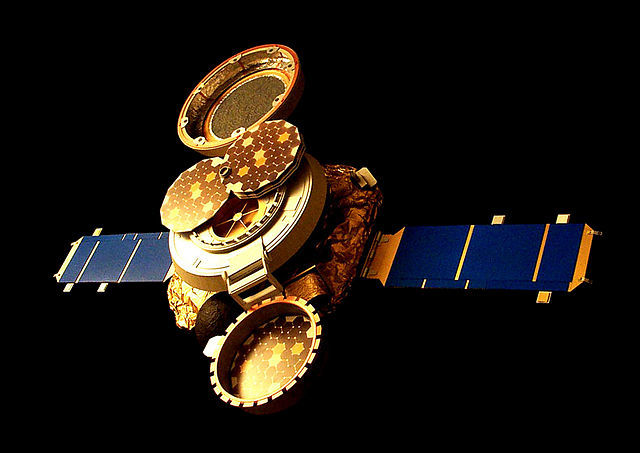
On August 8, 2001, the NASA Genesis probe was launched into space. His task was to collect particles of the solar wind. The device came out in the vicinity of the Lagrange point L 1 and deployed silicon targets.
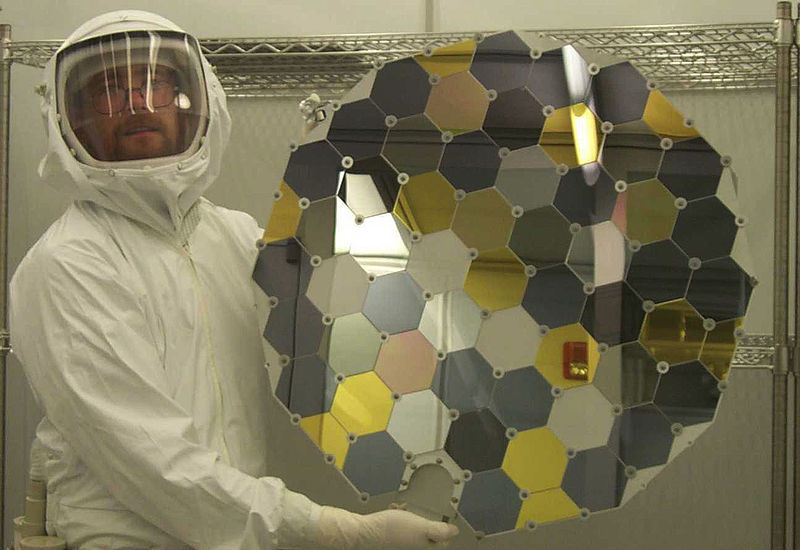
After working for 850 days, Genesis, through a maneuver around L 2 , to land in the afternoon, headed for Earth.
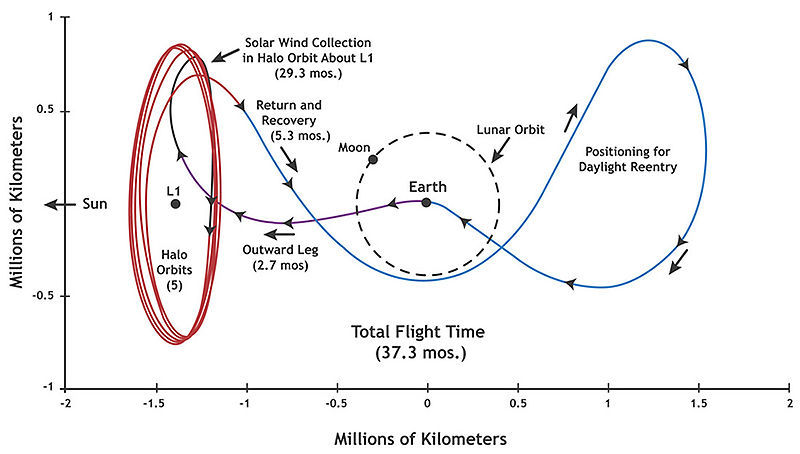
The device successfully braked in dense layers of the atmosphere on September 8, 2004.
But the parachutes did not open up - all four accelerometers in the descent vehicle were installed upside down and simply did not give the command to open parachutes. The probe hit the ground at a speed of about 300 km / h.
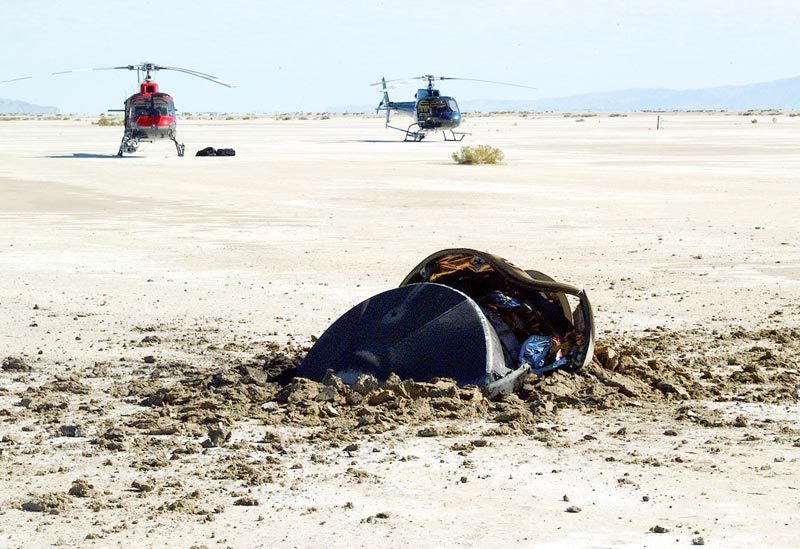
However, despite the pollution by the sand of the state of Utah, as well as the details and liquids of the apparatus itself, the captured particles of the solar wind could be extracted from the targets. The data on argon and neon isotopes made it possible to reject several theories of the origin of the Sun, and the detected increased concentration of oxygen-16 isotope is still waiting to be explained.
King of the road

A very dramatic mission to return asteroid samples (25143) Itokawa turned out to be a Japanese space agency. Launched in 2003, the Hayabus probe (Falcon) approached its goal in September 2005. On November 12, the Falcon moved closer to a height of 55 meters above the asteroid and dropped the MINERVA mini-lander, with which it was not possible to establish contact - most likely it flew into space. November 19, the probe went to land. However, the connection disappeared at the crucial moment. Initially it was reported that the attempt failed, and Hayabusa hung at a height of 10 meters. However, after analyzing the data, it turned out that the probe nevertheless landed on an asteroid, but due to the fact that the sensor detected an obstacle, the landing took place in emergency mode, in which the device for collecting the ground did not turn on. On November 25, a second landing attempt was made, in which the soil collecting device did not work again. The probe was detected fuel leakage, because of which he went into safe mode. On November 27, there was a power loss (most likely due to a fuel leak). On December 2, when trying to return to the asteroid, the engines did not produce sufficient thrust. On December 3, the probe began to lose its working orientation, and as an emergency measure, it was necessary to reset part of the fuel for ion engines. By December 6, the Falcon retired 550 km from the asteroid. On December 8, the probe experienced a sharp change in orientation (most likely due to the evaporation of a part of the fuel), and the connection with it disappeared. The Hayabusy precession could eventually come to naught, and the mission was not yet completely lost. On January 23, 2006, the beacon of the probe was recorded, and communication was reestablished with successive operations. Surprisingly, the apparatus still had the opportunity to return to Earth. On April 25, 2007, the probe began a maneuver on the transition to the Earth trajectory, which ended on October 29 (due to the use of ion engines, all maneuvers were very long). February 4, 2009 began the second maneuver. But the probe began to fail the engines, and by the fall there was not a single working November 19, 2009 the Japanese space agency reported that they had managed to combine the ion generator of one broken engine with the neutralizer of the other, and on this combination the Falcon had, let and not optimal, but traction. On it, despite everything, the probe performed the maneuver, changing its speed by 200 m / s, and flying up to the Earth, performed five more maneuvers, aiming successively at the Earth, exactly at the Earth, at the Woomera polygon in Australia, and finally in the planned landing area at the site.
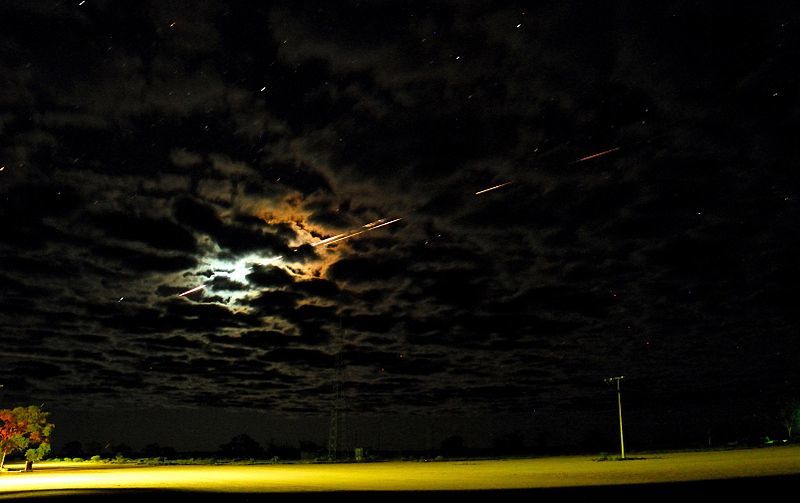
On June 13, 2010, the descent vehicle landed successfully. Despite the fact that the soil collecting device never worked, in the receiving container, as a result, 1500 particles of an asteroid measuring 10 micrometers in size were found - olivine, pyroxene, plagioclase and iron sulfide. Studies have found that the Itokawa asteroid (25143) was once part of a more massive body and is a S-type stone asteroid with a composition similar to meteorites to LL class chondrites.
Torture by silence

On November 9, 2011, the Russian probe Phobos-Grunt was launched, the task of which was to deliver a sample from the Mars satellite - Phobos. But at the third hour of the flight, the main engine did not turn on, which was supposed to transfer the station to the departure trajectory to Mars. Attempts to establish contact with the device were not crowned with success, and on January 15, 2012, Phobos-Grunt burned down in the atmosphere of the Earth.
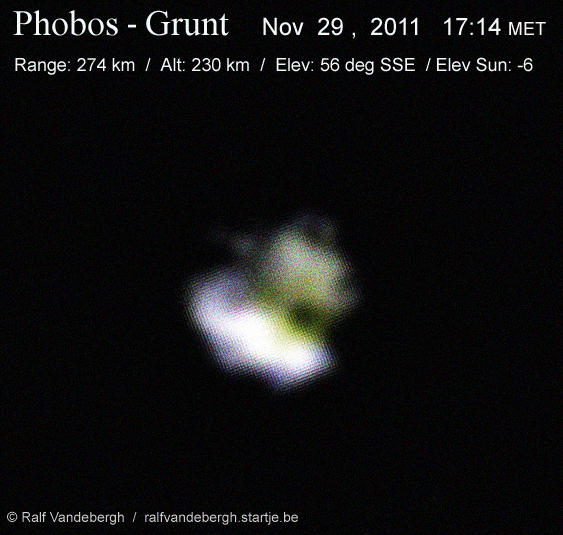
The official cause of the accident was the impact of a heavy charged particle, which caused the restart of both sets of the on-board computing complex. There is also an unofficial version of the error in the program.
Fly now
Now in flight are two probes.
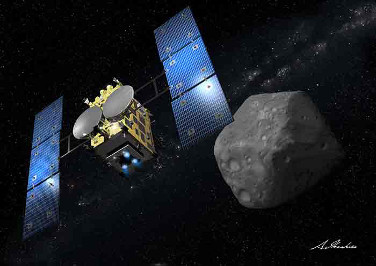
“Hayabusa-2”, launched on December 3, 2014, flies to asteroid (162173) Ryugu and should reach it in June 2018.
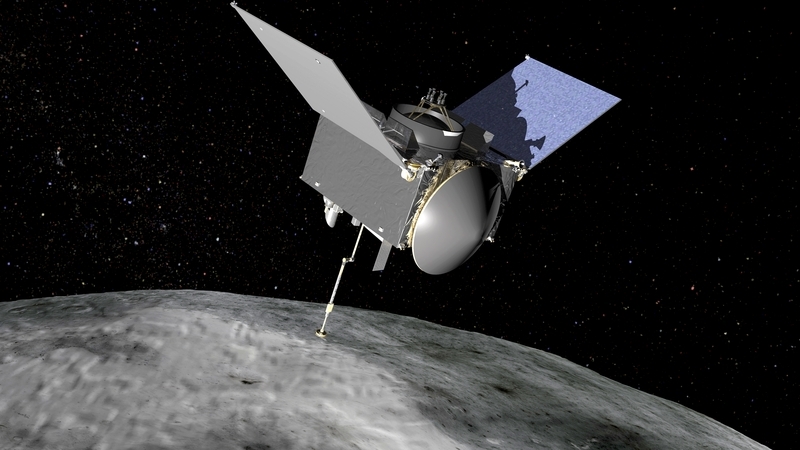
Freshly launched OSIRIS-REx flies to asteroid (101955) Bennu with a planned arrival date in 2018 and landing in 2020.
Future
The main merit of sample return missions is the opportunity for years and decades to study the dust particles brought from space. But modern scientific instruments allow for effective analysis on site. But they, in turn, cost a lot of money. Perhaps the future spacecraft will be divided into two classes - powerful and expensive, capable, like the Curiosity, to carry out many tests on the spot, and relatively cheap, which will fly to the target for years, and carry samples to Earth for years.
